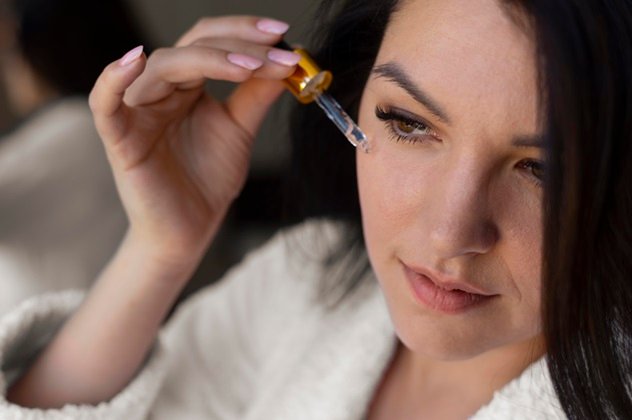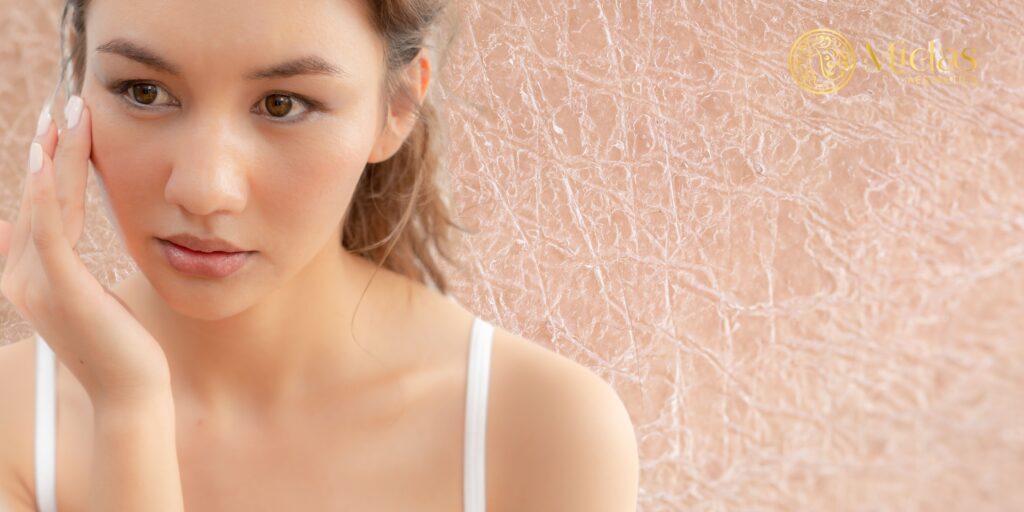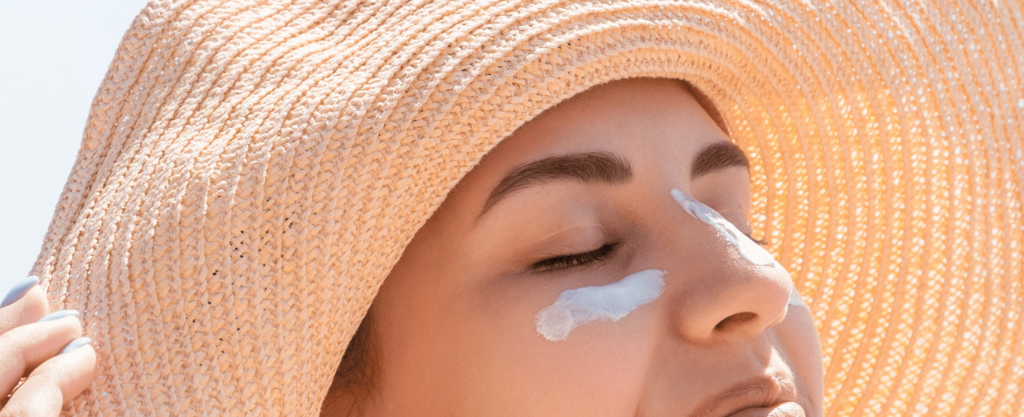
How to Use Niacinamide Serum: A Complete Beginner’s Guide
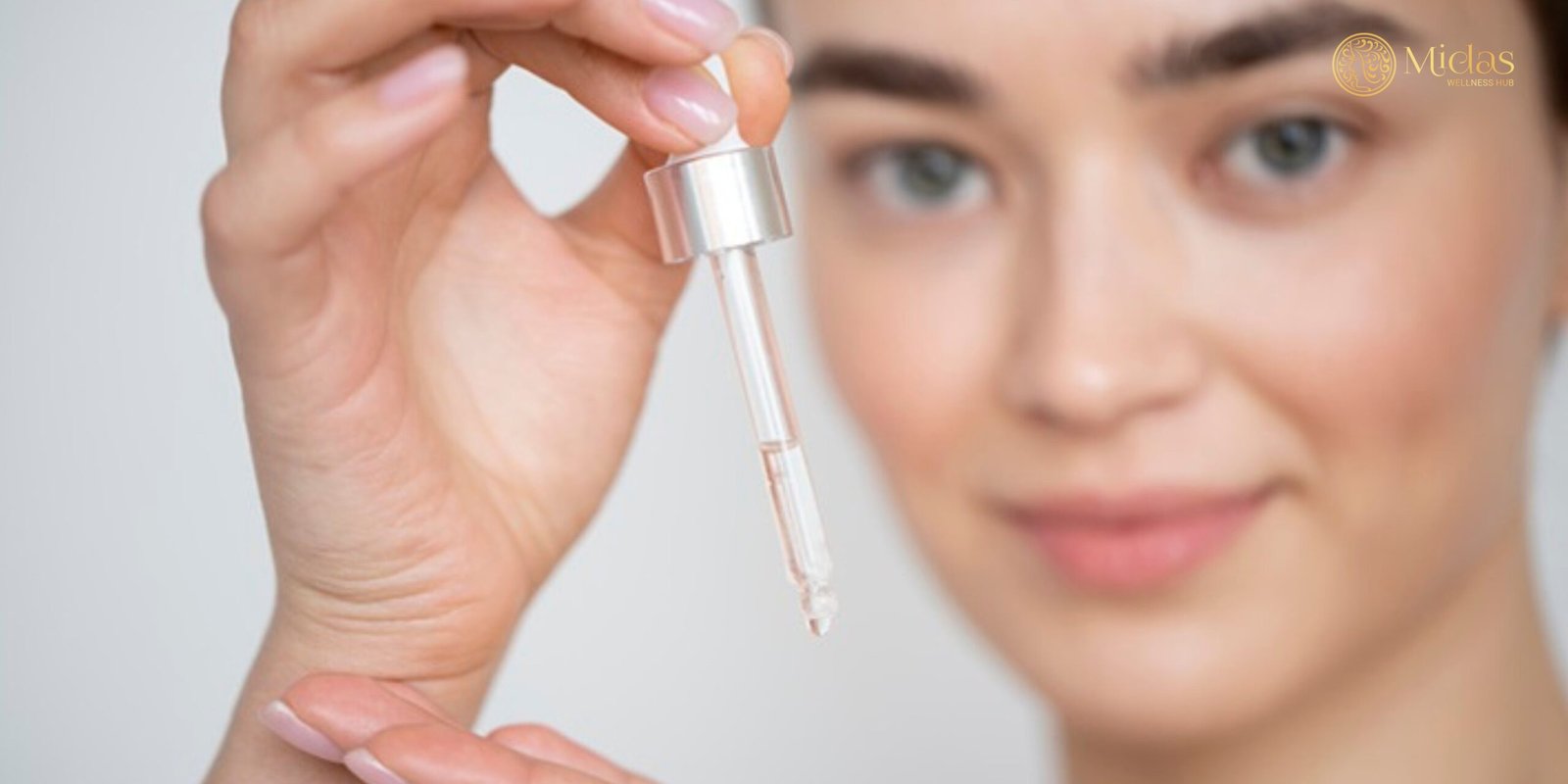
Niacinamide serum has become a holy grail for many skincare enthusiasts. But for beginners, navigating the world of serums and understanding how to use them effectively can be overwhelming. This comprehensive guide by Midas Wellness Hub, located in Borivali, IC Colony, will equip you with all the knowledge you need to learn how to use niacinamide serum seamlessly into your routine.
What is Niacinamide?
Niacinamide, also known as vitamin B3, is a water-soluble vitamin that offers a multitude of benefits for the skin. It functions as a powerful antioxidant and plays a crucial role in maintaining healthy skin barrier function. Here’s a closer look at its key benefits:
- Minimizes pores: Niacinamide helps regulate sebum production, which can lead to a reduction in the appearance of enlarged pores
- Reduces redness and inflammation: Its anti-inflammatory properties can soothe irritation and redness associated with acne, rosacea, and eczema.
- Improves skin texture and tone: Niacinamide can help even out skin tone by minimizing hyperpigmentation and promoting a brighter, more radiant complexion.
- Strengthens skin barrier: Studies suggest that niacinamide can improve the skin’s barrier function, making it less susceptible to environmental damage and irritation.
When to Use Niacinamide Serum?
Niacinamide is a versatile ingredient that can be incorporated into both your morning and evening skincare routines. Here’s a breakdown:
- Morning: Apply niacinamide serum after cleansing and toning, but before moisturizer and sunscreen. Its antioxidant properties can provide an extra layer of protection against free radical damage caused by UV rays.
- Evening: Use niacinamide serum after cleansing and toning, followed by your moisturizer.
Remember: Consistency is key! Aim to use niacinamide serum daily for optimal results.
How to Apply Niacinamide Serum?
Here’s a step-by-step guide on how to apply niacinamide serum effectively:
- Cleanse your face: Wash your face with a gentle cleanser to remove dirt, oil, and makeup. Pat your skin dry with a clean towel.
- Apply toner (optional): If you use a toner, apply it after cleansing and before the serum.
- Dispense a few drops: Dispense 2-3 drops of niacinamide serum onto your fingertips.
- Apply evenly: Gently massage the serum onto your face and neck, avoiding the delicate eye area.
- Let it absorb: Allow the serum to absorb completely before applying your moisturizer and sunscreen.
Pro Tip: Start with a pea-sized amount of niacinamide serum initially, especially if you have sensitive skin. You can gradually increase the amount as your skin tolerates it.
How to Use Salicylic Acid and Niacinamide Together?
Salicylic acid is a beta-hydroxy acid (BHA) known for its ability to unclog pores and reduce acne breakouts. While both niacinamide and salicylic acid offer benefits for acne-prone skin, it’s crucial to use them correctly to avoid irritation:
- Don’t apply them together: Apply salicylic acid in your evening routine, followed by a moisturizer. Use niacinamide serum in the morning or on alternate nights with salicylic acid.
- Patch test first: Before incorporating both ingredients, perform a patch test on a small area of your inner arm to check for any sensitivity.
How to Use Retinol and Niacinamide Together?
Retinol is a powerful anti-aging ingredient that can improve skin texture and reduce wrinkles. Here’s how to use it with niacinamide:
- Alternate nights: Apply retinol in your evening routine on alternate nights with niacinamide serum. This allows both ingredients to work effectively without causing irritation.
- Moisturize well: Both retinol and niacinamide can be drying, so it’s essential to use a good moisturizer after applying either product.
Important Note: If you’re new to retinol, it’s recommended to start with a low concentration and gradually increase the frequency as your skin adapts.
In How Many Days Does Niacinamide Serum Work?
While some people might experience noticeable improvements in skin texture and tone within a few weeks of using niacinamide serum, it typically takes 8-12 weeks of consistent use to see its full benefits. Remember, everyone’s skin responds differently, so patience is key.
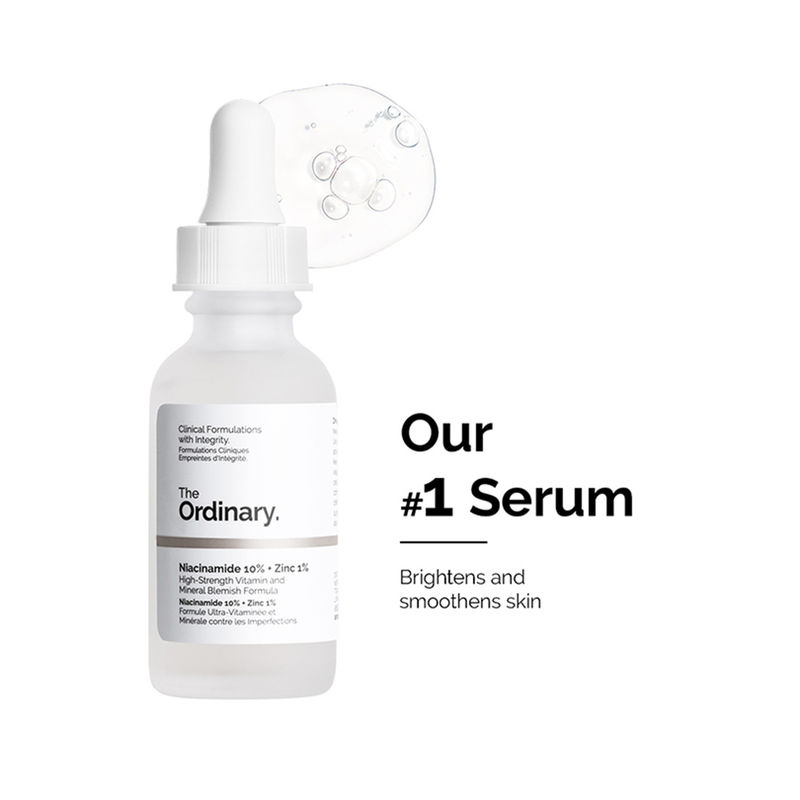
Which Brand Niacinamide Serum is Best?
There’s no single “best” niacinamide serum as different brands offer varying formulations and concentrations. Here’s what to consider when choosing a niacinamide serum:
- Concentration: Niacinamide serums typically range from 5% to 10% concentration. For beginners, a 5% concentration is a good starting point. You can increase the concentration as your skin gets accustomed to the ingredient.
- Skin type: If you have sensitive skin, look for a fragrance-free and gentle formulation.
- Additional ingredients: Some niacinamide serums are formulated with other beneficial ingredients like hyaluronic acid for added hydration or zinc for further oil control. Choose a serum that caters to your specific skin concerns.
But, if we were to suggest the best niacinamide serums based on product quality, we would recommend Minimalist Niacinamide 10% Face Serum, 10% Niacinamide Serum for Acne Marks by The Derma Co, and, The Ordinary Niacinamide 10% + Zinc 1%.
Here at Midas Wellness Hub, we offer consultations with our experienced skincare professionals to help you find the perfect niacinamide serum for your individual needs.
How Long Does it Take for Niacinamide to Work?
As mentioned earlier, it typically takes 8-12 weeks of consistent use to see the full benefits of niacinamide serum. However, some people might experience improvements in specific areas sooner. For instance, you might notice a reduction in redness or a slight improvement in pore size within a few weeks.
Which is Better Kojic Acid or Niacinamide?
Both kojic acid and niacinamide can help brighten the complexion and minimize hyperpigmentation. Here’s a breakdown of their differences:
- Kojic acid: This ingredient can be more effective for stubborn hyperpigmentation but may also be more irritating, especially for sensitive skin.
- Niacinamide: While it might take slightly longer to see results compared to kojic acid, niacinamide is generally gentler and suitable for most skin types.
It’s recommended to consult a skin specialist if you have significant hyperpigmentation concerns.
Which is Better Vitamin C or Niacinamide?
Vitamin C and niacinamide are both powerhouse ingredients with complementary benefits:
- Vitamin C: This antioxidant is a champion at brightening the skin, protecting against sun damage, and stimulating collagen production. However, it can be less stable and might irritate sensitive skin.
- Niacinamide: As discussed, niacinamide offers benefits like minimizing pores, reducing redness, and strengthening the skin barrier. It’s generally well-tolerated by most skin types.
You can incorporate both vitamin C and niacinamide into your routine, but it’s crucial to use them strategically:
- Apply vitamin C in the morning: Its antioxidant properties offer added protection against free radicals throughout the day.
- Use niacinamide in your morning or evening routine: It can be layered with other products without causing conflicts.
Remember: Patch testing is always recommended before introducing a new ingredient to your skincare routine.
Which is Better Niacinamide or Hyaluronic Acid?
Hyaluronic acid is a humectant that draws moisture to the skin, leaving it plump and hydrated. Here’s how it compares to niacinamide:
- Hyaluronic acid: Primarily focuses on hydration.
- Niacinamide: Offers a broader range of benefits, including minimizing pores, reducing redness, and improving skin texture.
How to Use Hyaluronic Acid and Niacinamide Together?
The good news is that niacinamide and hyaluronic acid work synergistically. You can use them together in your routine for optimal results:
- Apply hyaluronic acid first: As a humectant, it helps draw moisture to the skin.
- Follow with niacinamide serum: This helps lock in the hydration and offers its own set of benefits.
At Midas Wellness Hub, We can help you create a customized routine that addresses your specific needs.
FAQs: Niacinamide Serum
Here are some frequently asked questions regarding niacinamide serum:
- Can I use niacinamide serum if I have sensitive skin?
Niacinamide is generally well-tolerated by most skin types, even sensitive skin. However, it’s always recommended to do a patch test before incorporating it into your routine.
- Can I use too much niacinamide serum?
While unlikely, using excessive amounts of niacinamide serum could potentially lead to irritation or dryness. Start with a pea-sized amount and increase gradually as needed.
- Should I store niacinamide serum in the refrigerator?
Niacinamide is generally stable at room temperature. However, if the product contains other ingredients that might be more light-sensitive (like vitamin C), storing it in the refrigerator can help prolong its shelf life.
Conclusion: Achieve Radiant Skin with Niacinamide Serum at Midas Wellness Hub
Niacinamide serum has emerged as a skincare superstar for a reason. Its versatility, gentle nature, and wide range of benefits make it a valuable addition to most skincare routines.
Here at Midas Wellness Hub, located in Borivali, IC Colony, we are passionate about helping you achieve healthy, radiant skin. Our team of experienced skincare professionals can guide you through the world of niacinamide serums and recommend the perfect product for your unique needs. We offer consultations, and personalized advice to help you create a customized routine that delivers visible results.
Don’t wait any longer to experience the transformative power of niacinamide serum!
Schedule a consultation with Midas Wellness Hub today and embark on your journey towards a healthier, more beautiful complexion.
We hope this comprehensive guide has equipped you with the knowledge to confidently incorporate niacinamide serum into your skincare routine. Remember, consistency is key! With regular use, you can experience the remarkable benefits of this powerful ingredient and achieve the radiant, healthy skin you deserve.

